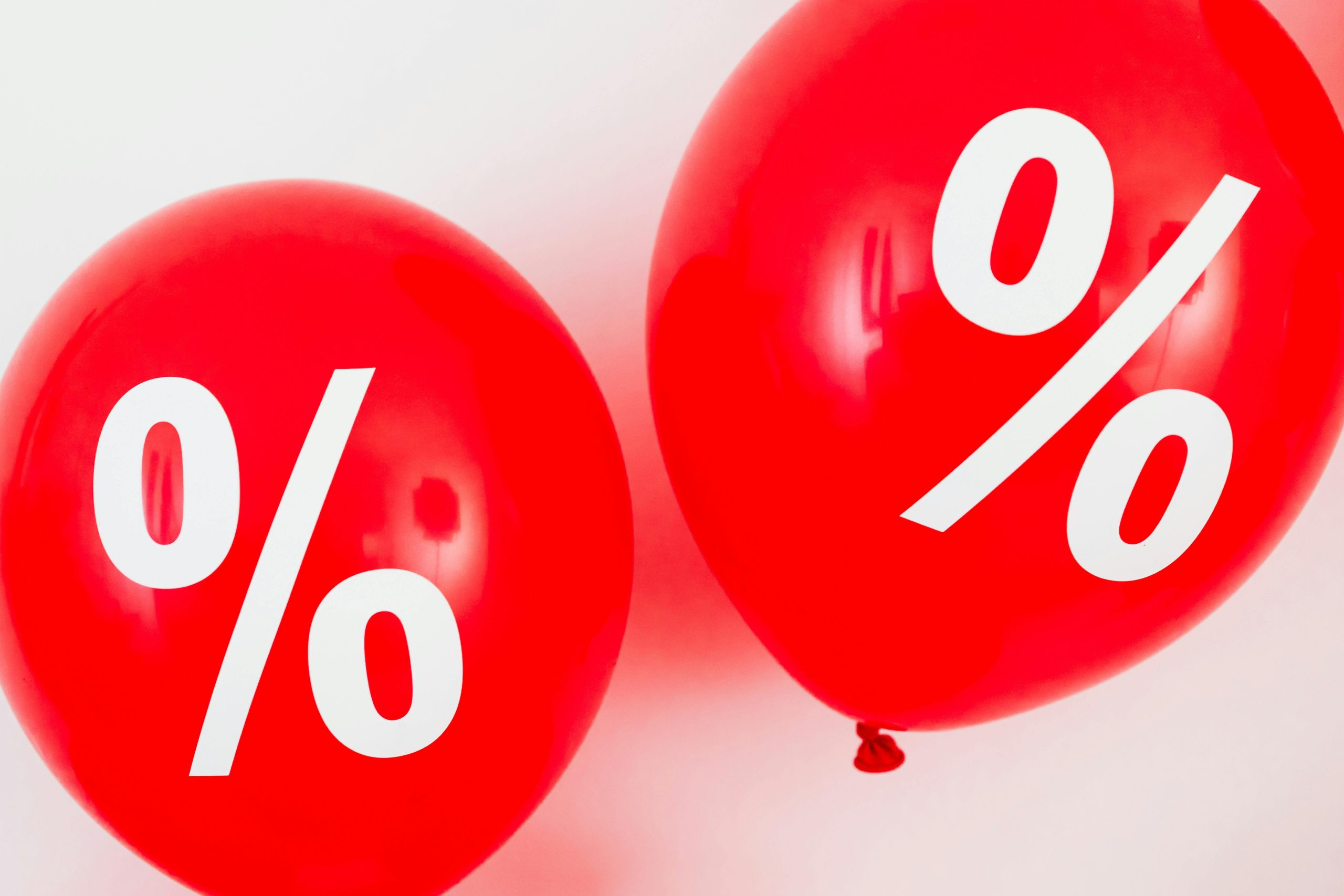Understanding Dynamic Pricing: When Prices Change Online
In today’s online marketplace, consumers are constantly bombarded with different prices for the same product or service. This can often be confusing and frustrating, leaving many wondering why prices seem to change so frequently. The answer is simple: dynamic pricing. Understanding dynamic pricing is essential for both businesses and consumers in order to navigate the ever-changing landscape of online shopping. In this article, we will dive into the world of dynamic pricing and discuss how it works, why it’s used, and how consumers can benefit from it. 
What is Dynamic Pricing?
Dynamic pricing, also known as surge or demand pricing, is a pricing strategy where prices for products or services are adjusted in real-time based on various factors such as demand, competition, and market conditions. This means that the price of a product or service can change multiple times throughout the day, sometimes even within minutes. This concept has been around for decades, but with the rise of e-commerce, it has become more prevalent, especially in industries such as airlines, hotels, and ride-sharing services.
How Does Dynamic Pricing Work?
In order to understand how dynamic pricing works, we need to first understand the factors that influence it. These include:
1. Demand
Demand is one of the most important factors in dynamic pricing. When there is high demand for a product or service, the price will increase. For example, during peak travel seasons, airlines will often increase their prices due to higher demand for flights. On the other hand, when demand is low, prices may be lowered in order to attract more customers.
2. Supply
Supply is another key factor in dynamic pricing. When there is limited supply, prices will typically increase. This can happen when a product or service is in high demand or when there are limited quantities available. For example, when a popular concert or sporting event is almost sold out, ticket prices may increase due to limited supply.
3. Competition
Competition also plays a role in dynamic pricing. If a business sees that their competitors are offering lower prices, they may lower their prices in order to stay competitive. On the other hand, if there is little to no competition, businesses may increase their prices knowing that consumers have no other options.
4. Time
Time is also a factor in dynamic pricing. Prices can often fluctuate depending on the time of day or day of the week. For example, prices for flights tend to be higher during weekends or peak travel times, whereas prices for hotels may be lower during weekdays.
Why is Dynamic Pricing Used?
Dynamic pricing is used for a variety of reasons, but ultimately it comes down to maximizing profits. By adjusting prices in real-time, businesses are able to take advantage of changes in demand, supply, and competition to ensure that they are not losing money. Additionally, dynamic pricing can also be used to incentivize consumers to make purchases at certain times or to purchase additional items. For example, a ride-sharing service may offer lower prices during off-peak hours to encourage more people to use their services.
How Can Consumers Benefit From Dynamic Pricing?
While dynamic pricing may seem like a disadvantage for consumers, it can actually work in their favor in certain situations. For example, if a consumer is able to be flexible with the time they purchase a product or service, they may be able to take advantage of lower prices. Additionally, by being aware of the factors that influence dynamic pricing, consumers can learn to anticipate when prices may change and plan accordingly.
Conclusion
Dynamic pricing has become an essential tool for businesses in the ever-changing landscape of online shopping. By adjusting prices in real-time, businesses are able to take advantage of changes in demand, supply, and competition to maximize profits. While it may seem like a disadvantage for consumers, by understanding how dynamic pricing works, they can learn to take advantage of lower prices and plan their purchases accordingly. As technology continues to advance, it is likely that dynamic pricing will become even more prevalent in the online shopping space.











